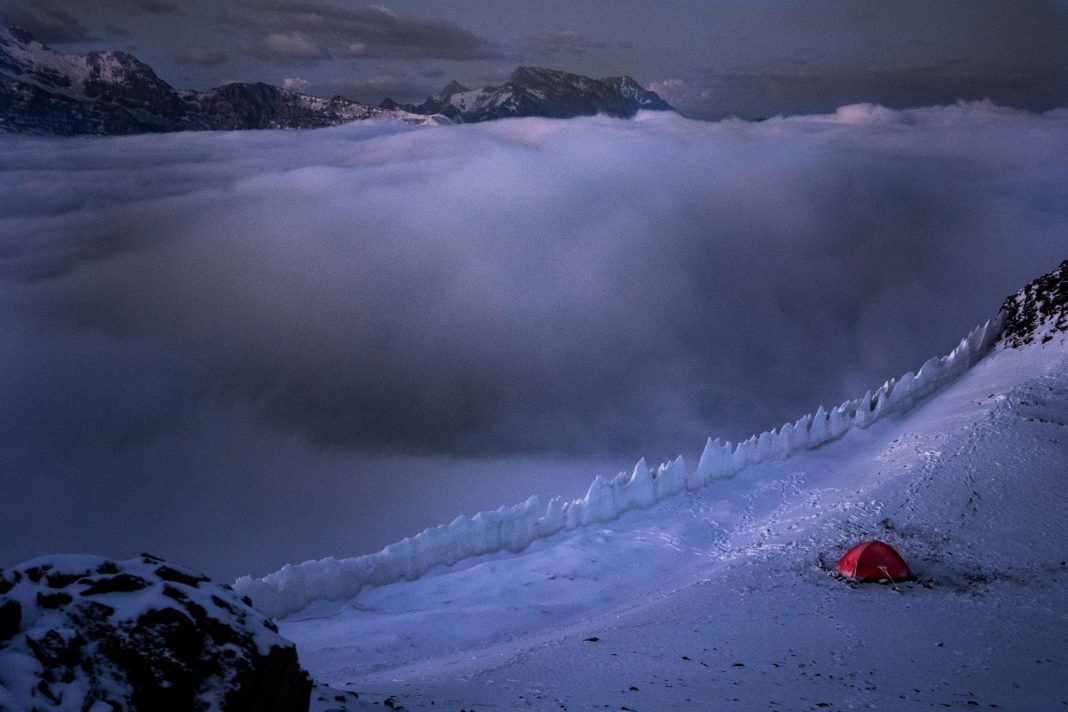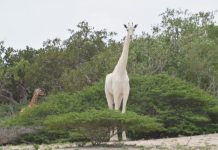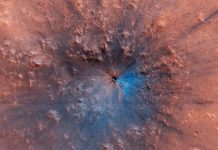Star Dust, a small passenger plane took off from Buenos Aires airport 72 years ago. It was headed to to Santiago, but never landed. Onboard, five crew members consisting of former British Air Force personnel, and six passengers. Two of these passengers were Paul Simpson, a King’s Messenger with diplomatic documents destined for the British embassy in Santiago, and Casis Said Atalah, a Chillean-Palastinian man believed to have been carrying a diamond in the lining of his suit.
Four minutes before the plane was scheduled to land at Santiago airport, a control tower received a cryptic message from Star Dust: ‘STENDEC’. The message was repeated twice and has never been explained. Conspiracy theories naturally followed the craft’s disappearance.
Some suspected a missile-strike assassination of King George VI’s onboard messenger because he carried secret papers that could destanilize South America. Others believed the plane held a heavy cargo of British gold bullion, or even that certain passengers were Nazis on the run. More far-fetched theories involved alien abduction.
For five more decades nobody knew what had become of the plane – until 1998, when two Argentinian mountaineers found a Rolls Royce engine at the foot of 6570m Cerro Tupungato’s south-east face. In 2002, authorities DNA-identified a severed hand belonging to an air stewardess, painted fingernails intact, alongside human remains belonging to nine of the eleven people onboard.
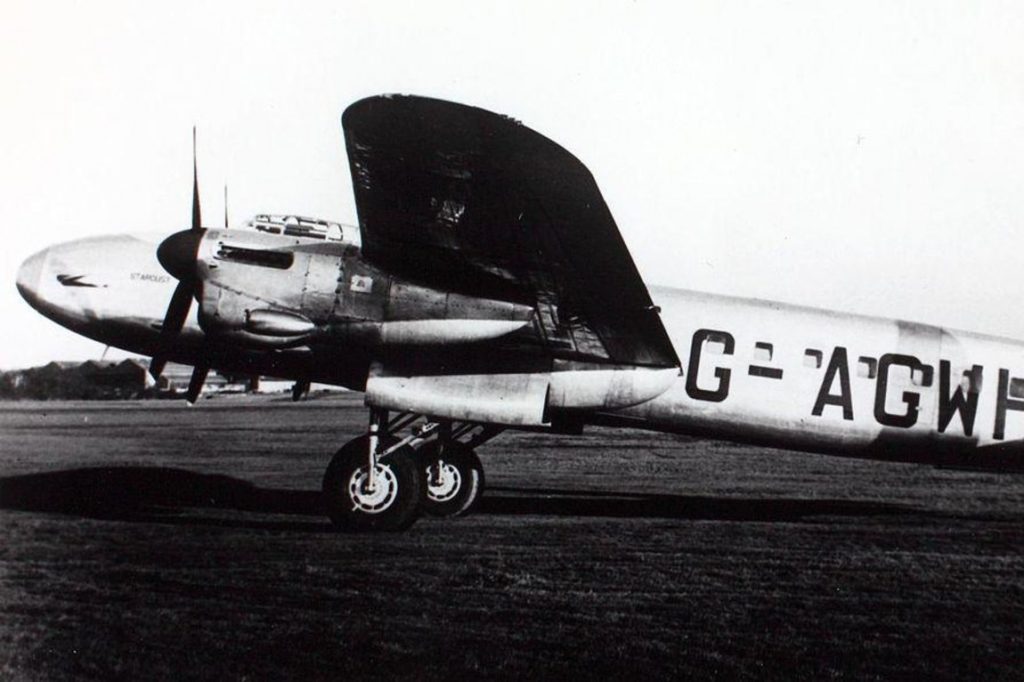
© WIKI COMMONS
Crash investigators believed that the pilot, Reginald Cook, a distinguished former British Air Force vet, had mistook his position and descended too early and crashed spectacularly into the glacier. The aptly named Star Dust was quickly swallowed by an avalanche, disappearing for over half a century beneath some of the world’s remotest ice.
Back in 1947, domestic air travel across the Andes was like playing Russian roulette. Each plane fired across the mountains relied on veteran WWII pilots dodging each snowy summit that sprung through the clouds. Even for aircraft of today, crossing the world’s longest mountain chain is no mean feat.
Almost all glaciers in the 7,000km Andean chain – from Venezuela to Patagonia – are dying. And at an increasing speed. The consequences of glacier loss are massive, potentially threatening reliable agricultural and even drinking water not only in South America – but in New Zealand, the Himalayas, North America, East Africa, the Alps and the Poles.
RELATED: Discover the world’s most stunning canyons
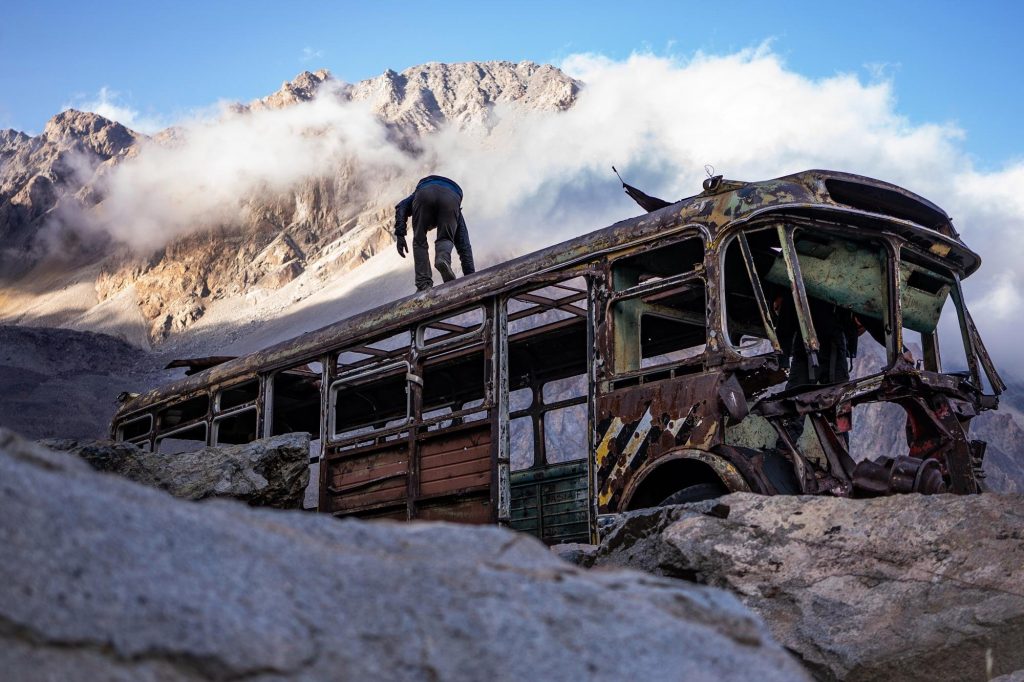
© MATT MAYNARD
Missed Star Dust But Found Adventure
In February 2019 we established that the Star Dust was now next-to-impossible to reach from either the eastern army base that guards the Santa Clara Valley or by crossing the southern Tunuyán Glacier. To the west, on Tupungato’s north-facing summit ridge, lies a possible access point from Chile – yet the border crossing is not permitted.
We went into the mountains to tell a story about a very old, and very unwell glacier. Sponsored expeditions these days are increasingly looking beyond the headlines of ‘steepest ice’ and ‘hardest rock’ to try and share a new kind of adventure – where the local people, their landscapes and languages come first.
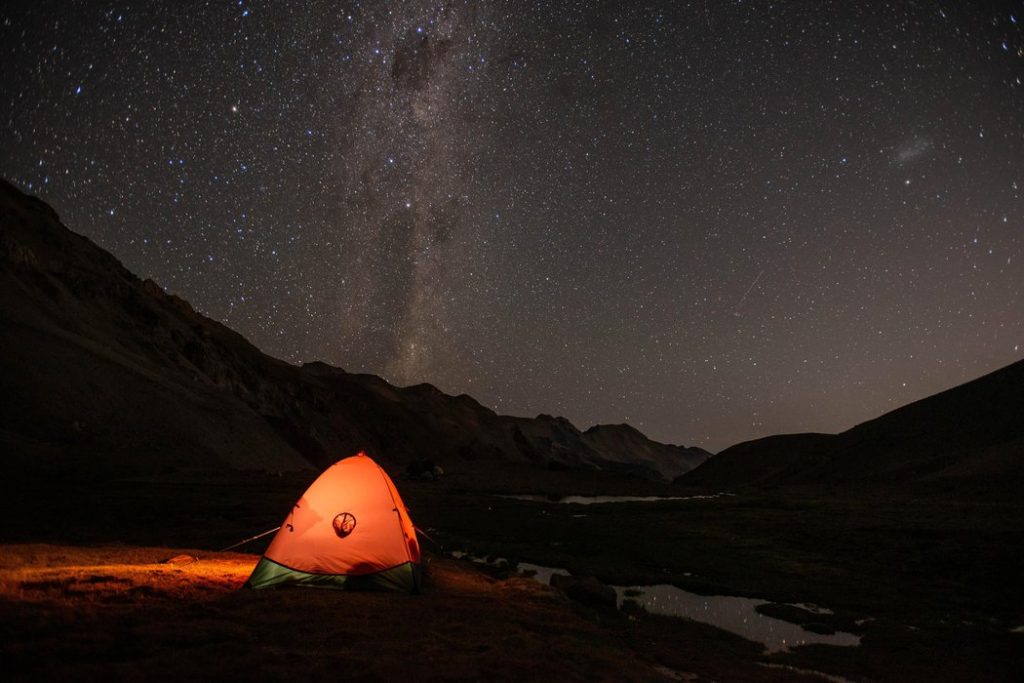
© JIMMY HYLAND; JHP VISUAL
You don’t have to be a professional athlete to go on such an adventure. Just get far out there, find something you care about, learn a little about what we stand to lose – then make it back safely to share your story.
You don’t have to be a professional athlete to go on such an adventure. Just get far out there, find something you care about, learn a little about what we stand to lose – then make it back safely to share your story.
Follow Matt Maynard on Instagram here. Follow Jimmy Hyland on Instagram.


